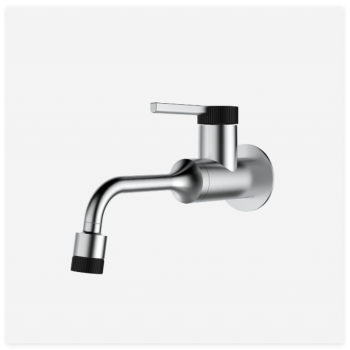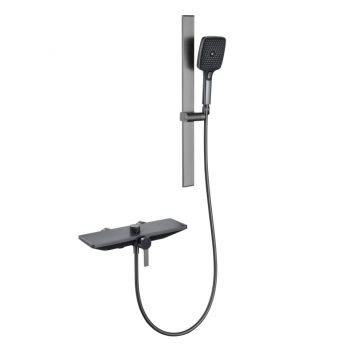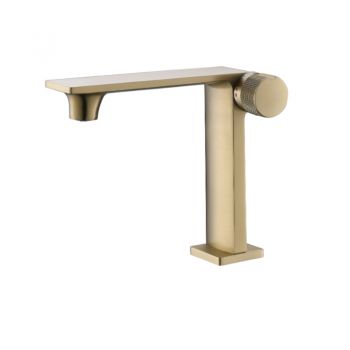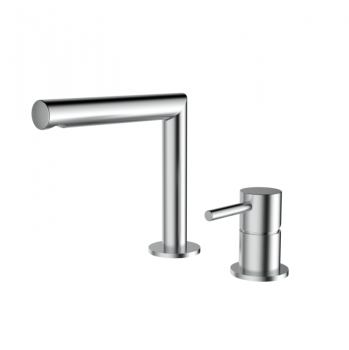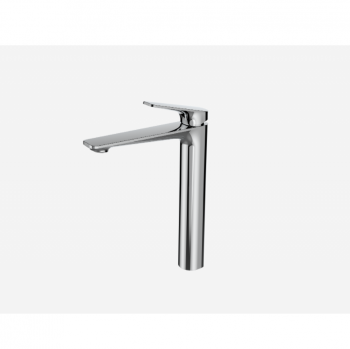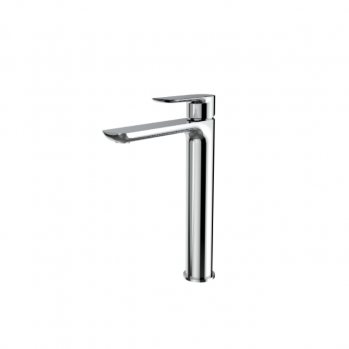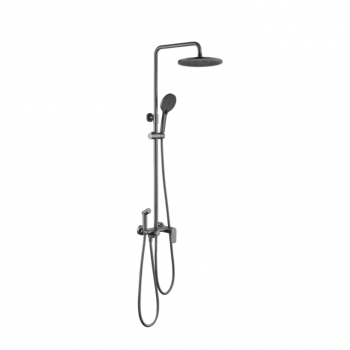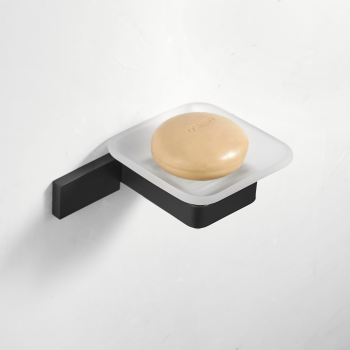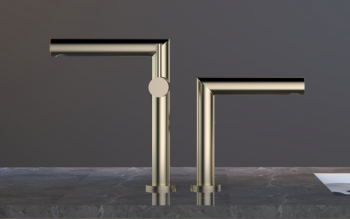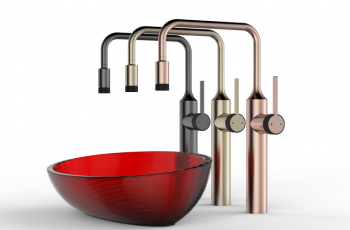For international procurement professionals, selecting reliable faucet and showerhead suppliers is a critical step in ensuring product quality, timely delivery, and long-term business success. The global market offers countless manufacturers, but not all meet the standards required for international trade. Here’s a strategic approach to identifying and partnering with the best suppliers.
1. Evaluate Supplier Credentials and Expertise
Begin by verifying the supplier’s legitimacy and industry experience:
Certifications: Look for ISO 9001 (quality management), ISO 14001 (environmental management), and WRAS/NSF/WaterMark certifications (compliance with water safety standards).
Export Experience: Prioritize suppliers with a proven track record of exporting to your region. Familiarity with your market’s regulations, packaging requirements, and cultural preferences reduces risks.
Product Range: Ensure they specialize in faucets and showerheads, not just general plumbing products. Specialized suppliers often offer better technical support and customization options.
2. Assess Manufacturing Capabilities
Visit factories (in person or virtually) to evaluate their production capacity and quality control processes:
Production Scale: Confirm they can handle your order volume without delays. Small factories may lack capacity, while overly large ones might deprioritize smaller clients.
Quality Control: Ask about in-house testing (e.g., leak tests, finish durability, flow rate checks) and third-party inspections.
Materials and Technology: Inspect raw materials (e.g., brass vs. zinc alloys) and machinery. Advanced CNC machining and PVD coating technology often indicate higher-quality outputs.
3. Verify Compliance with Standards**
International buyers must ensure products meet destination-country regulations:
Safety and Efficiency:
Water Efficiency: For markets like the EU, U.S., or Australia, confirm compliance with standards like EPA WaterSense or EU Ecolabel.
Lead-Free Compliance: Ensure faucets meet NSF/ANSI 61 or equivalent regulations for lead content.
Packaging and Labeling: Check if packaging meets your country’s requirements (e.g., CE marking, multilingual labels).
4. Negotiate Pricing and Terms
Balance cost with value to avoid compromising quality:
MOQs and Pricing: Compare minimum order quantities (MOQs) across suppliers. Lower MOQs offer flexibility but may come at higher per-unit costs.
Incoterms: Clarify responsibilities for shipping, insurance, and tariffs (e.g., FOB, CIF, DDP).
Payment Terms: Opt for secure methods like letters of credit (LC) or escrow services, especially with new suppliers.
5. Analyze Logistics and Lead Times
Reliable logistics are key to maintaining supply chain efficiency:
Shipping Options: Confirm partnerships with reputable freight forwarders and ability to handle sea/air shipments.
Lead Times: Average production times for faucets and showerheads range from 30–60 days. Factor in seasonal delays (e.g., Chinese New Year).
Inventory Management: Some suppliers offer warehousing or drop-shipping services to streamline distribution.
6. Prioritize Communication and Service
A supplier’s responsiveness and transparency can make or break a partnership:
Language Support: Ensure they have English-speaking staff or translators to avoid misunderstandings.
Customization: Can they accommodate OEM/ODM requests (e.g., unique finishes, branding, packaging)?
After-Sales Support: Check warranties, return policies, and technical assistance for defect resolution.
7. Stay Ahead of Trends
Partner with suppliers who innovate to meet evolving market demands:
Smart Technology: Growing interest in touchless faucets and digital shower systems.
Sustainability: Suppliers offering water-saving designs, recycled materials, or carbon-neutral production gain a competitive edge.
Red Flags to Avoid
Unrealistically Low Prices: May indicate subpar materials or hidden costs.
Poor Communication: Delayed responses signal potential operational issues.
Final Tips for Success
- Start with small trial orders to test quality and reliability.
- Build long-term relationships with suppliers for better pricing and priority service.
- Attend trade shows to discover new suppliers and trends.
By systematically evaluating suppliers’ capabilities, compliance, and commitment to partnership, international buyers can secure high-quality faucets and showerheads that align with their business goals and market demands.

